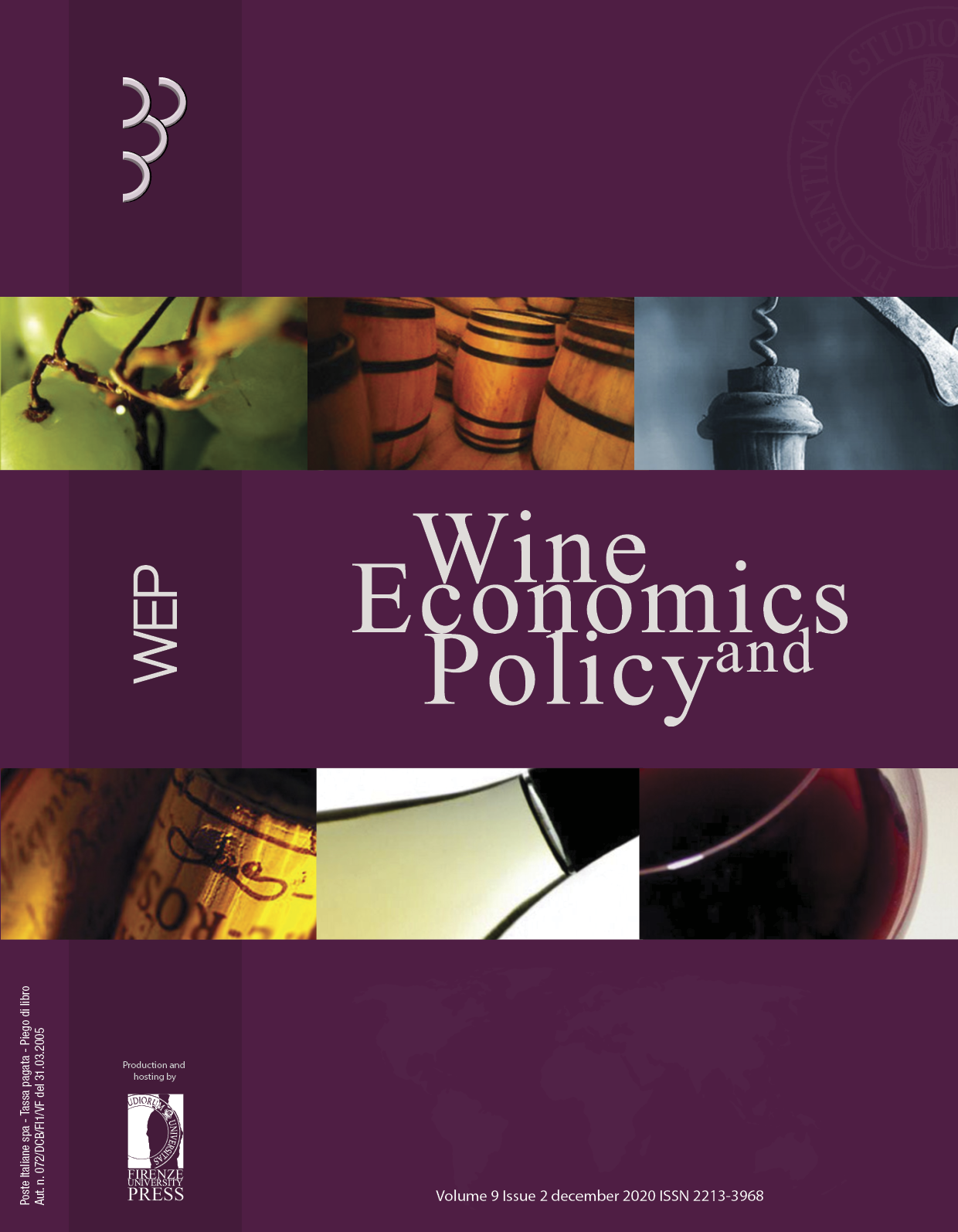Published 2020-11-23
Keywords
- industry structure,
- competition,
- competitive strategies,
- cooperatives,
- wine
- Germany ...More
How to Cite
Abstract
The wine industry is significantly affected by globalization and changes in consumption habits and shifts in lifestyle, which lead to changes in the market environment and intensity of competition in the wine markets. Overall, wine cooperatives have a market share of more than 40 % in Europe. In Germany, they account for around one third of the total wine production. The decreasing number of wine cooperatives and their members leads to the assumption that wine cooperatives have difficulties adapting to the different market environment and though, need to select and implement competitive strategies. The aim of this paper is to identify and develop competitive strategies for wine cooperatives in the German wine industry. Therefore, the external forces affecting competitive rivalry in the wine industry are being evaluated for wine cooperatives in Germany. A qualitative approach has been applied including in-depth interviews with managing directors and chairmen of the board (n=15). Data were transcribed verbatim and content analysed. Results showed that the intensity of rivalry among existing competitors is high. Bargaining power of wine cooperatives towards buyers and suppliers strongly depends on their size. However, generally the bargaining power of retailers is high, although this depends on the retail channel (discounters, food retail, specialized retail, specialized wholesale, gastronomy). Five main strategy dimensions emerged: (1) the cost leadership and cost focus strategy, (2) the differentiation and differentiation focus strategy, (3) collaboration among producers, (4) offering additional services, and (5) options for improved membership relations and increased youth involvement.

